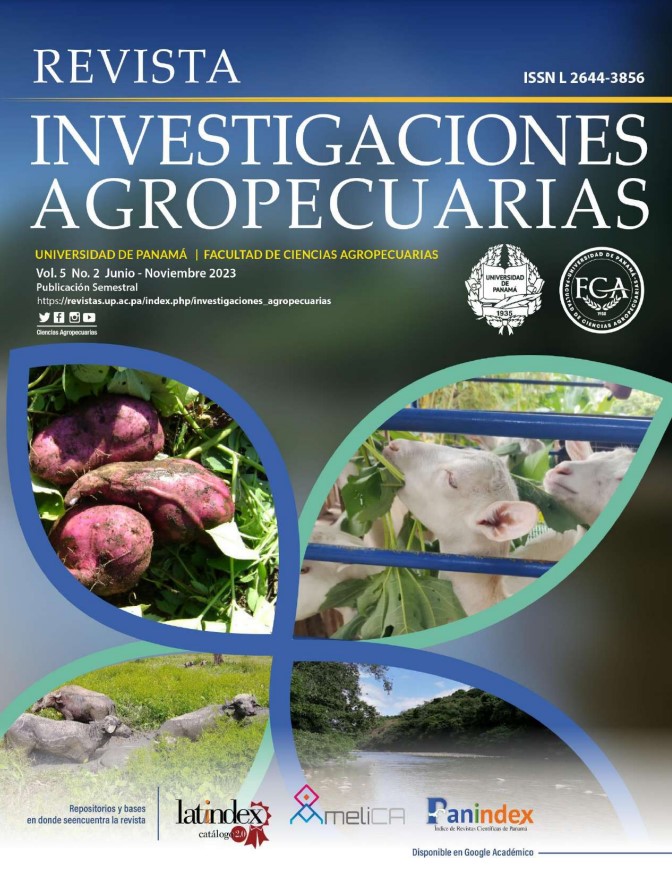

Copyright (c) 2023 Revista Investigaciones Agropecuarias

This work is licensed under a Creative Commons Attribution-NonCommercial-ShareAlike 4.0 International License.
Insects are frequently used as environmental indicators. Tools that facilitate the differentiation between species to develop biodiversity studies are required. The genus Camarotus Germar, 1833 (Coleoptera: Curculionidae), is a group of weevils that in Panama is associated with at least eight plant species of medicinal, gastronomic, ornamental or timber importance. The aim of this study was to apply morphometry to form Camarotus species groups. For this, a hierarchical cluster analysis of Camarotus known species was performed; taking as study variables the body lenght (mm), elytra lenght (mm) and elytra width (mm), to form Camarotus species groups. Ward's linkage method and a square Euclidean distance set at five were used; comparing the conformed clusters by data analysis with the classification proposal of Reichardt (1971a). According to the results, Cluster 1 was made up of six species from the pusillus Group, one from the attelaboides Group and three from the cassidoides Group; Cluster 2 was made up of one species from the pusillus Group, nine from the attelaboides Group and 10 from the cassidoides Group; Cluster 3 was represented by six species from the attelaboides Group (including C. attelaboides) and six from the cassidoides Group. The pusillus Group, considered the most primitive, is the most stable; while the division between the attelaboides and cassidoides groups is not definitive. In conclusion, the morphometric affinity between Camarotus species belonging to different groups suggests the need to investigate the taxonomic classification within the genus in the future.